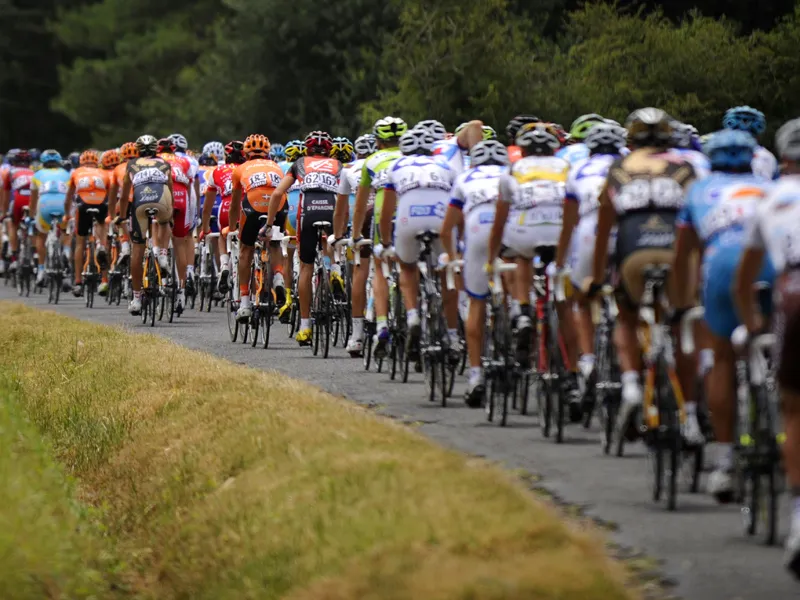Group riding looks spectacular when you see the professionals doing it in the Tour de France, with only a few millimetres between each rider’s wheels. The pros make it look easy, but it’s a skill that takes practice.
Protection from the wind and reduced air resistance can give a power saving of 15 percent for the following rider, though, so it makes good sense to master this technique. Let's face it, we all know a three-hour training ride can turn into a bit of a slog and banging into a headwind is no fun.
When you’ve mastered the skills of riding on a wheel, you can ride hard, then drop back and recover while someone else takes their turn on the front. Training in this way lets you develop leg speed and endurance without the muscle damage that’s a risk when you ride hard on your own.
Riding close on a wheel can be a little daunting if you’re not used to it, but with practice you’ll find yourself riding faster, with less effort, making your training more productive. Master the techniques first before you start to increase the speeds. Whether it’s just two or 12 cyclists, the principle is the same. Get yourself into a line, one rider behind the other, and build up the speed. The rider on the front then swings to one side, eases up slightly and waits for all the riders in the line to pass, then drops in behind the last person.
In a large group, turns on the front are short – maybe only a few metres – while a smaller group requires longer turns. Ride calmly, keeping the gap in front of you as small as you can. Initially, you’ll instinctively keep the gap big, but as you gain confidence the gap will reduce.
Your front wheel shouldn’t overlap the wheel you’re following. Ride at a consistent speed and avoid any unnecessary braking or sudden change of direction that could take your fellow riders by surprise. Try to keep your pace smooth on climbs and descents, as changes in speed will force the other riders to brake or catch back up.
When it comes to your turn on the front, don’t accelerate, since this will break the rhythm, and the rider dropping to the back will have to sprint to get back on the group. The aim is to keep the group speed constant, even if you’re working harder because of the wind resistance.
If there’s a crosswind, it’s best for the line of riders to fan out across the road, each one taking offset shelter from the rider in front. This is called an echelon and it’s only really possible on closed roads, but you can try it out with a small group.
All the riders should give visual and verbal warnings of hazards because it’s not so easy to spot dangers when you’re in a tight group. Some of these are listed below:
Bike speak
1. “Taking your turn”
Where you spend time on the front of a group of cyclists. You do your fair share of work hard and then drop to the back.
2.“Through and off”
Group riding where everyone takes it in turns on the front, before peeling off and going to the back of the line.
3. “On the rivet”
An old term for riding at maximum effort, leaning forward, perched on the end of the saddle just on the point where old leather saddles were riveted to the rails.
4. “Half wheeling”
The quickest way to lose friends and cause accidents. If you're riding with your front wheel overlapping the rear one of the rider in front, a sideways move from them (going around a grate for example) will mean a touch of wheels and almost certainly a pile-up. When riding in a line, make sure you leave a little room between wheels.
5. “Sitting up”
Means what it says: you’ve done your bit and that’s it, so sitting up in the saddle is a signal to other riders that you’ve had enough.
6. “Getting dropped”
The pace is so high you can’t hold the wheel and you start to drift off the back of the group.
7. “Car up”
Generally shouted from the front of the group, warning riders of oncoming traffic.
8. “Car back”
The guys at the back alert the pace line to traffic from behind.
The sign language of cycling
When riding in a group, warning each other of potential hazards is essential. The following riders will have less time to see them or react to changing road conditions, so communication in the group is very important. Riders will react to the wheel in front so the lead rider should be alert to every situation.
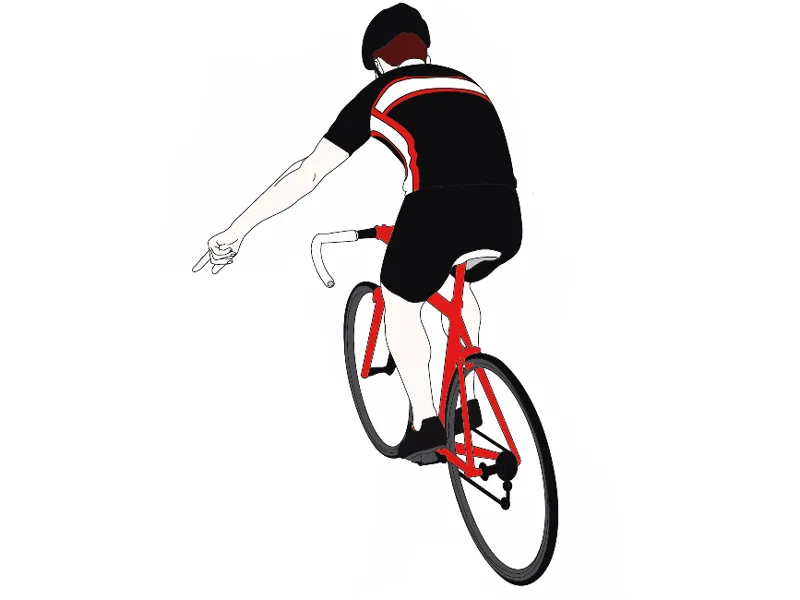
1. Signal for potholes
Potholes can cause punctures, damage wheel rims, buckle wheels, break spokes and even cause a rider to crash. The rider in front should shout a warning and point to the hazard. Use your left hand if passing on the outside of the hole, right hand if passing on the inside.
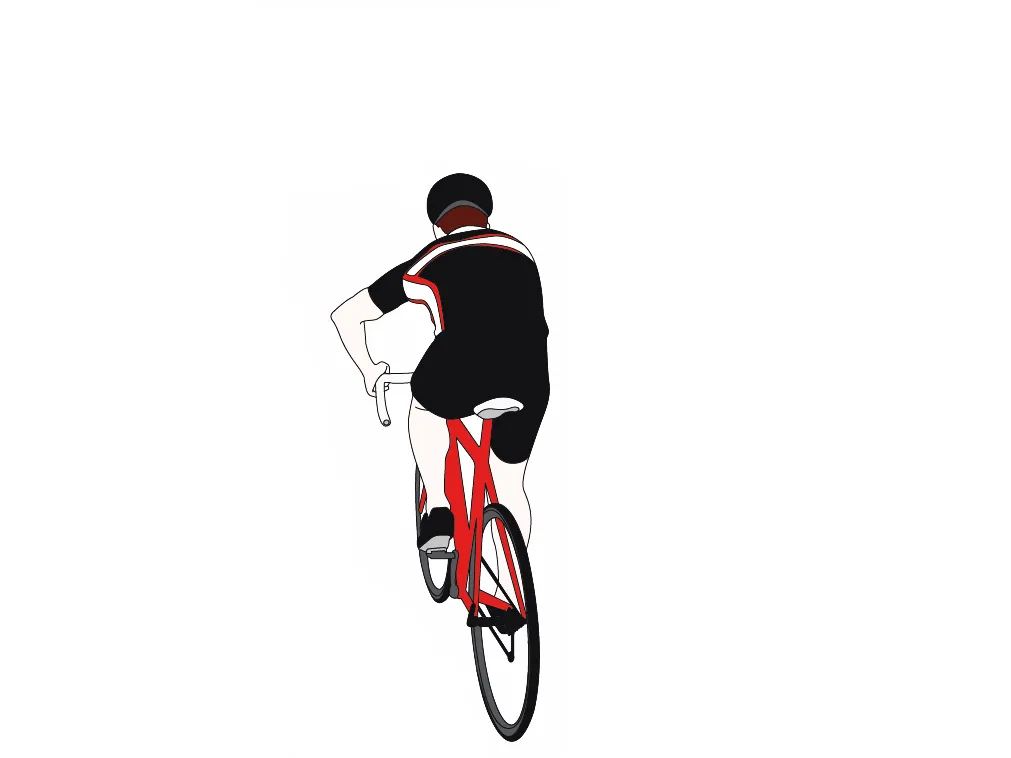
2. Signal to come through
It can get so comfy sitting on someone’s wheel that the lead rider sometimes has to encourage the rider behind to take his turn on the front. A stern flick of the elbow gets the message across – you’ll have seen riders use this in races such as an ITU World Championship triathlon race.
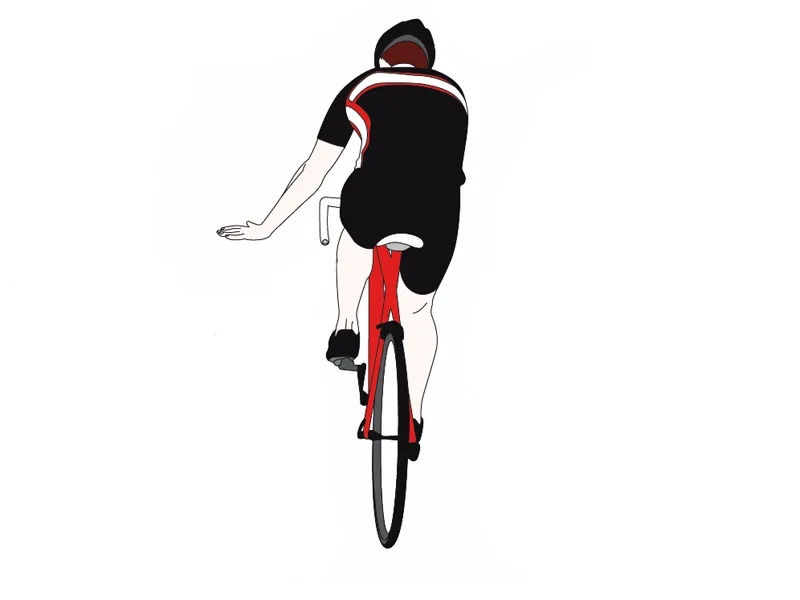
3. Signal to slow down
Whether approaching a T-junction, traffic signals, pedestrians or perhaps a horse and rider, the lead cyclist must alert those following that he’s stopping. Give a verbal warning and an angled outstretched arm with palm facing downwards, indicating that you’re slowing down.
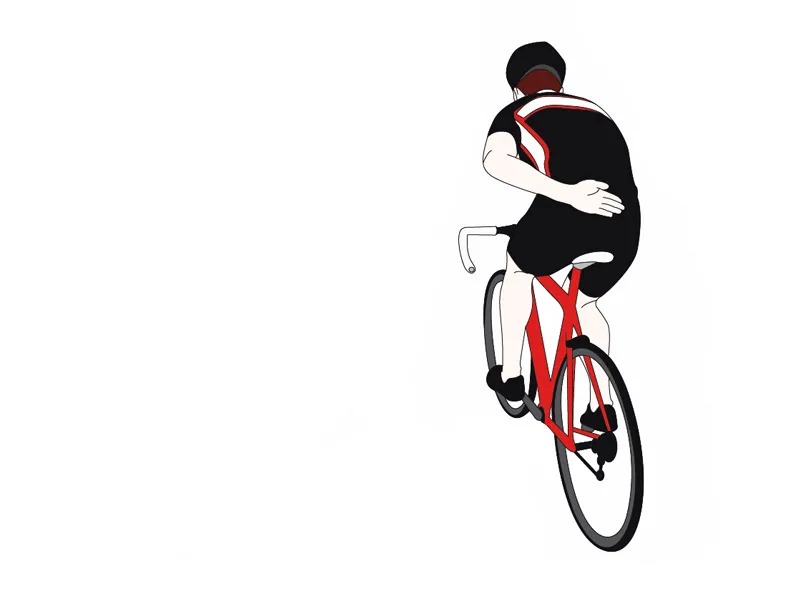
4. Signal for parked car
Always warn each other of hazards, especially parked cars but also roadworks or slower cyclists. If you’re the lead rider, fold your left arm behind your back and indicate to move over to the right with a wave of your hand. (Switch arm for hazards on the right.)...
